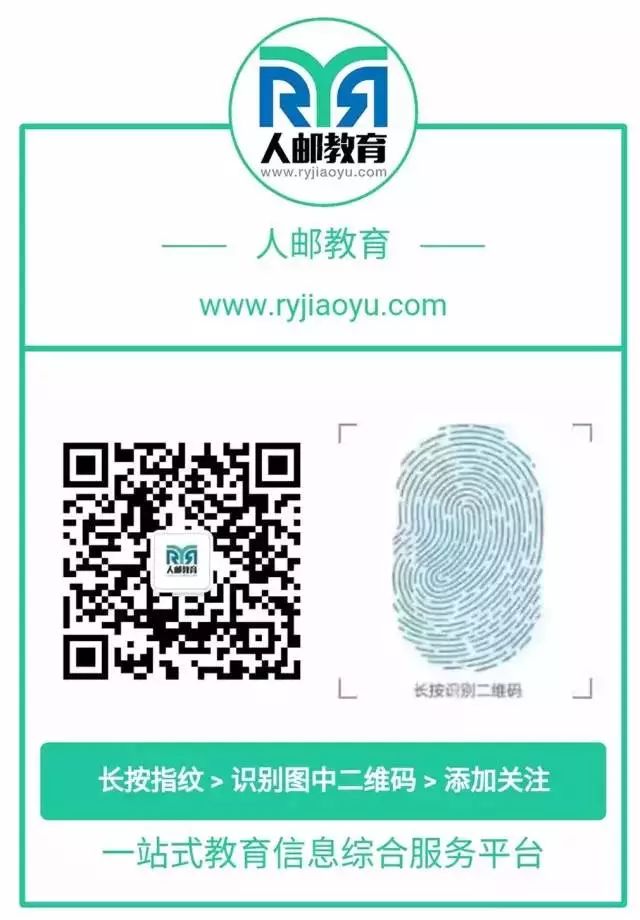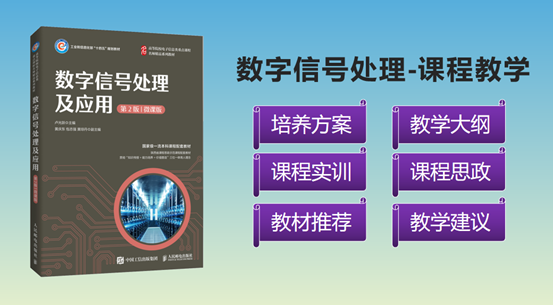
The Fourth Industrial Revolution, driven by technologies such as the Internet of Things, big data, robotics, and artificial intelligence, is sweeping across the globe at an unprecedented pace. As a fundamental aspect of these technologies, digital signal processing has become essential knowledge for relevant technical personnel.
The digital signal processing course serves as a major technical foundation course for electrical information and communication majors, occupying a pivotal position in the curriculum system. Due to the extensive knowledge system of the course, complex mathematical derivations, and broad engineering applications, mastering this subject requires a solid foundation in higher mathematics, engineering mathematics, circuit basics, and signal and system fundamentals. Common issues in teaching include “difficult to teach, difficult to learn for students,” “heavy on theory, light on practice,” “focusing on teaching content rather than character education,” and “prioritizing outcome evaluation over process evaluation.” The provincial-level teaching team for signal processing at Xi’an University of Posts and Telecommunications (XUPT) has conducted comprehensive, continuous, and diversified teaching reforms around the course teaching of digital signal processing under the context of professional certification and the new engineering background. It is hoped that this article can serve as a catalyst for the teaching reform of the ‘Digital Signal Processing’ course in higher education institutions in China.

1. Sample Teaching Outline

1. Basic Information
Course Code: TX103262
Course Name: Digital Signal Processing B
English Name: Digital Signal Processing B
Applicable Major: Internet of Things Engineering
Prerequisite Courses: Complex Functions, Linear Algebra, Signal and Systems
Credits: 2
Total Class Hours: 48
“Digital Signal Processing” is a fundamental required course for the Internet of Things Engineering major, primarily studying the basic theories and methods for analyzing and processing discrete-time signals. It aims to cultivate students’ abilities in analysis, synthesis, and optimization when facing complex engineering problems, making it both a theoretical and practical foundational course.
The purpose of the course is to enable students to correctly understand and master the basic concepts, theories, and analytical methods involved in signal processing to solve signal analysis problems in IoT systems. It aims to cultivate a sense of responsibility and mission in students to explore the unknown, pursue truth, and strive for scientific excellence. It also helps students establish correct values, develop critical thinking skills, engineering mindset, and scientific spirit. The course seeks to instill a spirit of craftsmanship in students and inspire a sense of national duty and mission in contributing to technology. It is not only essential for related professional course design and graduation projects but also serves as a foundation for technical work after graduation.
Digital Signal Processing Course
Teaching Objectives

Digital Signal Processing Course
Teaching Arrangement
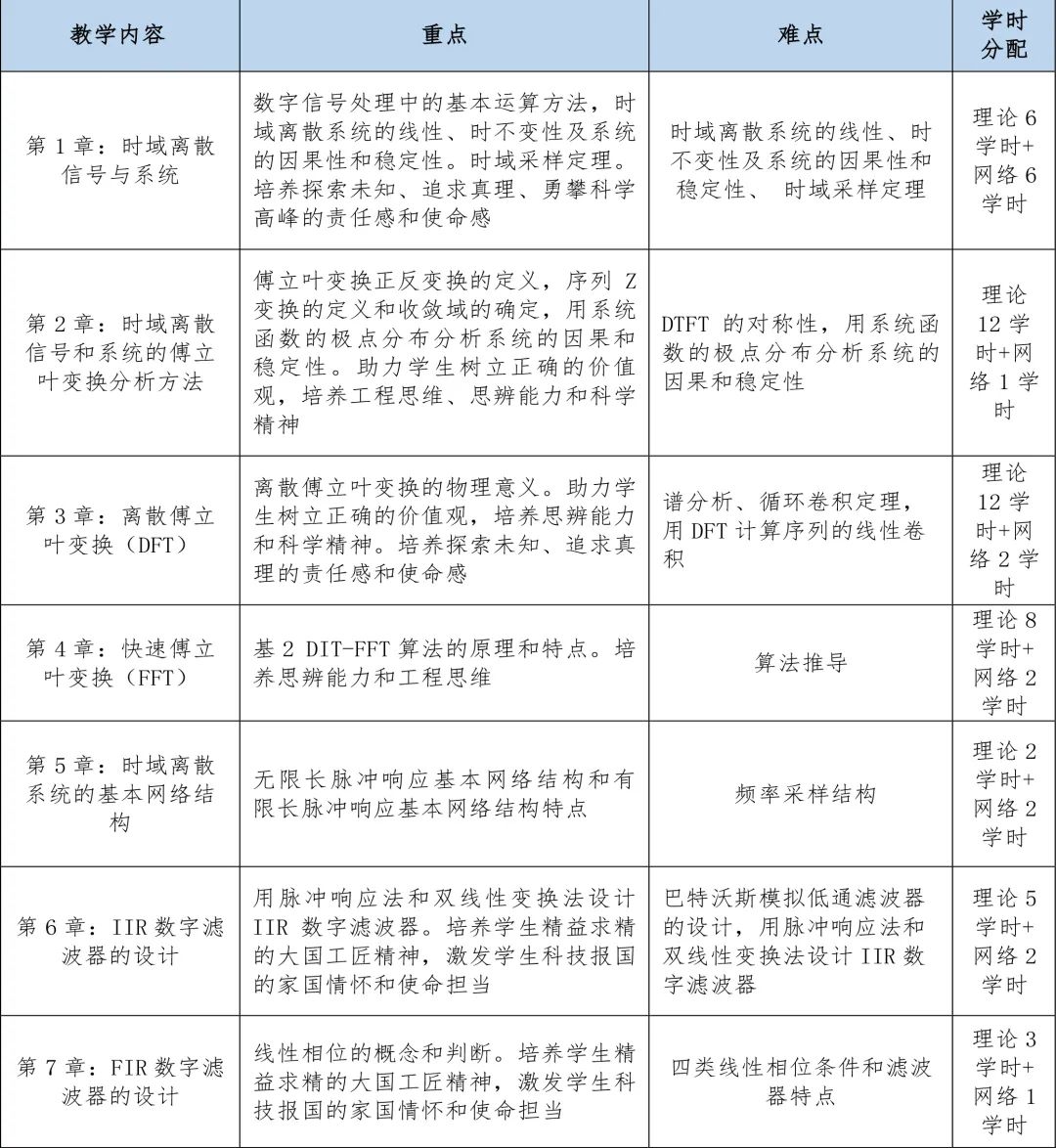
Total Score = Regular Score*50% + Final Exam Score*50%
Where: Regular Score= Homework*25% + Class Performance*30% + In-class Test*10% +Online Exam20% + Discussion5% + Online Video Learning10%
Suggestions for Digital Signal Processing Course Assessment
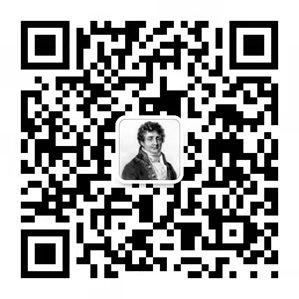
https://www.ryjiaoyu.com/book/details/45020

2. Training Program

To better assist university teachers in formulating the teaching outline for the “Digital Signal Processing” course and thus better carry out teaching work, we provide training programs from several universities for reference.
Harbin Institute of Technology Communication Engineering Training Program.pdf
Beijing Jiaotong University Communication Engineering Training Program.pdf
Beijing University of Posts and Telecommunications Communication Institute Undergraduate Training Program.pdf
Xi’an University of Posts and Telecommunications Communication Engineering Training Program.pdf
Shandong University of Science and Technology Communication Engineering Training Program.pdf

3. Course Experiments

To enable students to acquire comprehensive practical abilities related to digital signal processing, several practical activities related to digital signal processing have been conducted. The practical part of the digital signal processing course mainly includes MATLAB simulation experiments for digital signal processing, FPGA-based digital communication system design experiments, and DSP-based digital speech and image processing experiments. Various forms of practical teaching activities have also been set up for the practical aspects of digital signal processing, including open experiments, professional course design, and research training.
These practical activities offer great flexibility, allowing different instructors to set richer topics that reflect communication characteristics and are closely related to research projects and engineering practices based on their respective areas of expertise, significantly enriching teaching materials and expanding students’ knowledge.
The structure of the practical teaching system is illustrated below, and experimental reference codes and other resources can be downloaded from the Renmin University Education Community (www.ryjiaoyu.com).
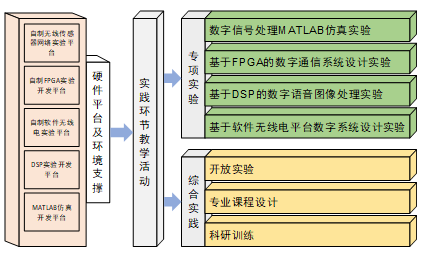
[Download] Reference code for the above experiments:
https://www.ryjiaoyu.com/book/details/45020

4. Course Ideological and Political Education

For a long time, students’ ideological and political education has primarily relied on political courses, neglecting the important role of professional courses in ideological and political education. This has resulted in students’ ideological and political levels failing to meet talent training requirements, leading to issues such as a lack of cultural understanding and deviation in value orientation in their practical work. In the long-term teaching process of professional courses, the content has focused heavily on the application and mastery of techniques, while the aspect of “ideological and political education” has rarely been reflected in the classroom, often feeling lacking in ideological guidance, especially in leading and inspiring personal qualities and values.
In classroom teaching, the deep integration of the professional course teaching system with ideological and political construction needs to address the following key issues.
Key Issues and Solutions for Course Ideological and Political Education
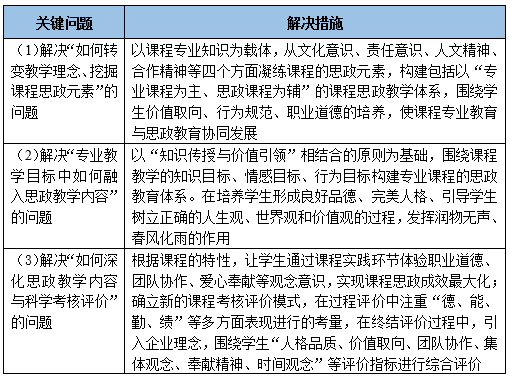
Digital Signal Processing
Examples of Course Ideological and Political Education Elements
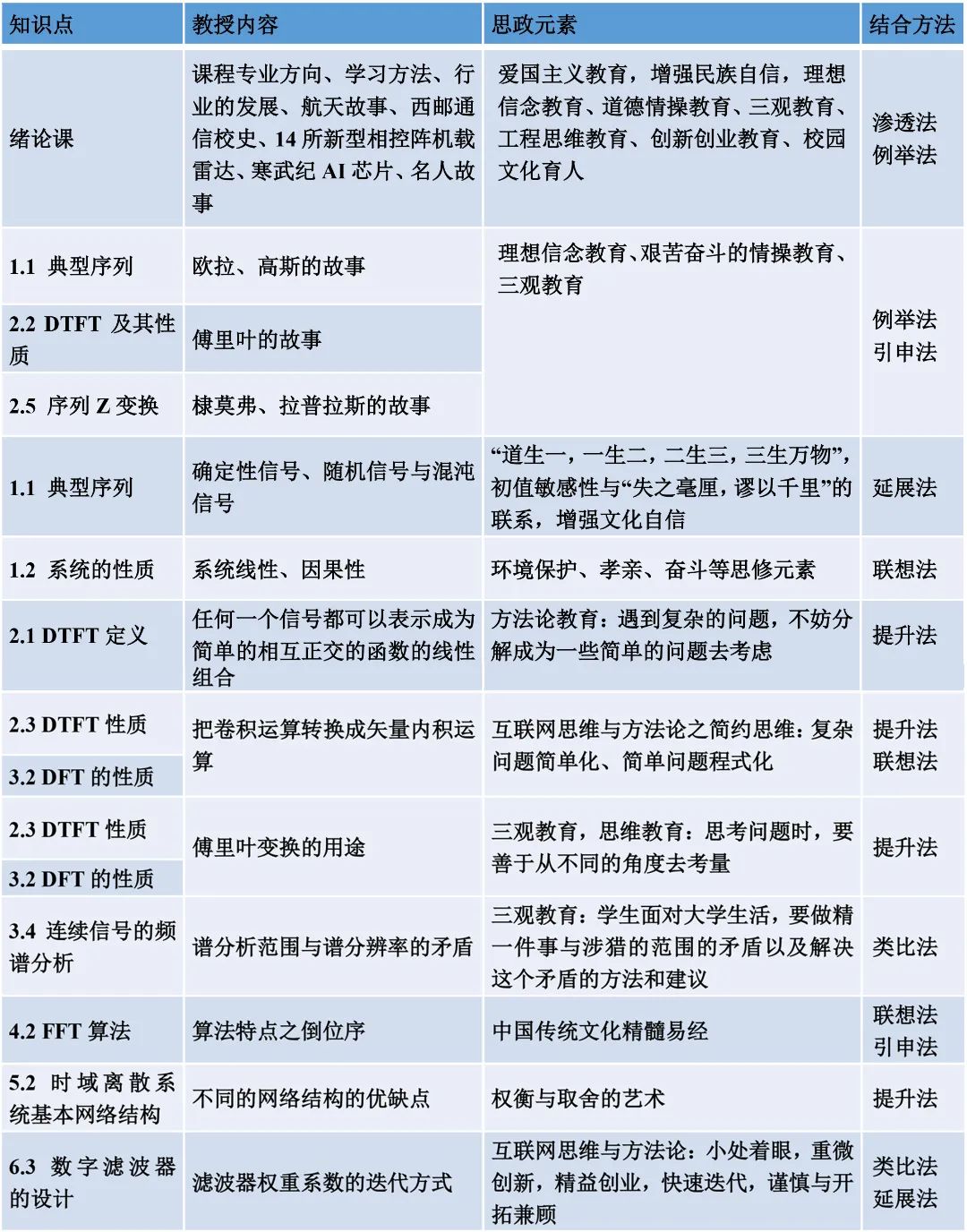
[Learn about Course Ideological and Political Education] ## Building a Grand Pattern for Course Ideological and Political Education ## Research Progress, Challenges, and Future Directions of Course Ideological and Political Education in the New Era
[Entering Course Ideological and Political Education] ## How to Construct the Teaching Model of “Course Ideological and Political Education” ## From Political Courses to Course Ideological and Political Education
[Carrying Out Course Ideological and Political Education] ## Research on Teaching Methods of “Course Ideological and Political Education” in Science and Engineering Courses—Taking the Digital Signal Processing Course as an Example ## The Journey of Course Ideological and Political Education Is Long ## Research and Exploration of Course Ideological and Political Education Teaching Under the New Engineering Background—Taking the Digital Signal Processing Course as an Example
[Implementing Course Ideological and Political Education] ## Guidelines for Designing Teaching of “Course Ideological and Political Education” ## Research on Construction Paths of “Course Ideological and Political Education” from the Perspective of Complexity

5. Recommended Textbooks

Digital Signal Processing Quality Textbook
National Level First-Class Undergraduate Course Supporting Textbook
Ministry of Industry and Information Technology’s 14th Five-Year Plan Textbook
Shanxi Province Course Ideological and Political Education Demonstration Course Supporting Textbook
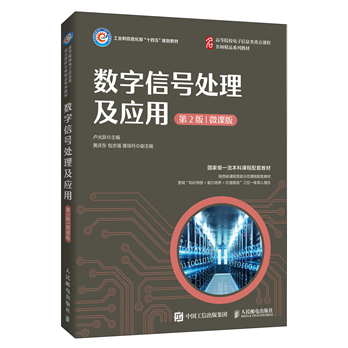
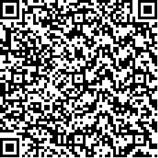
[Scan to learn about textbook details+Free Sample Book Application]

6. Supporting Resources

The author has created high-quality multimedia teaching resources for the book “Digital Signal Processing and Applications,” as shown below.
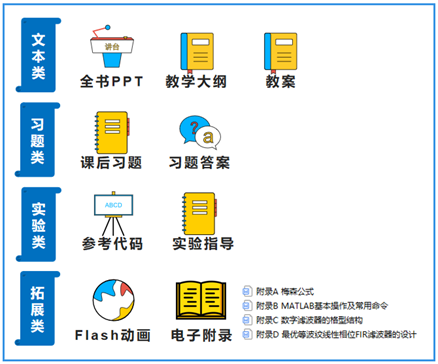

[Download] Supporting multimedia teaching resources for this book:
https://www.ryjiaoyu.com/book/details/45020
For more teaching suggestions and resources, please follow
[Xi’an University of Posts and Telecommunications Signal Processing WeChat Official Account]
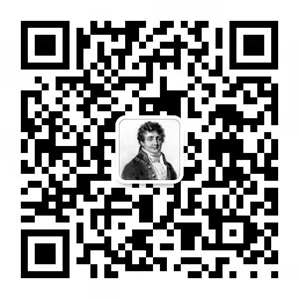
💡 Like and Win:
